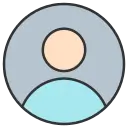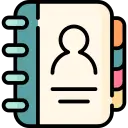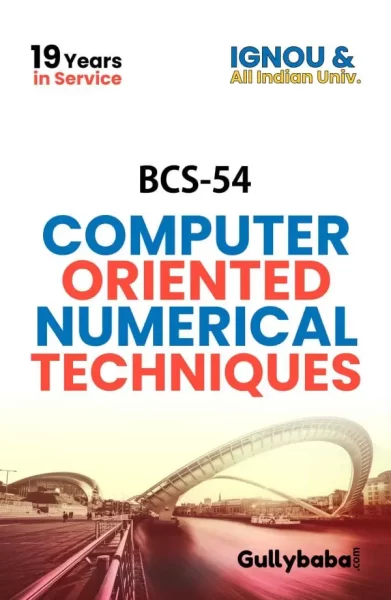-
Sale!
BCS-54
Computer Oriented Numerical Techniques
₹40.00 – ₹100.00Bought by : 3078 StudentsIn Stock Only 0 left ! -
Sale!
BCS-51 + BCS-52 + BCS-53 + BCS-54 + BCS-55
IGNOU BCA Computer Application Combo
Bought by : 3598 StudentsIn Stock Only 0 left ! -
Sale!
BCS-54
Computer Oriented Numerical Techniques
Bought by : 2633 StudentsIn Stock Only 0 left !







